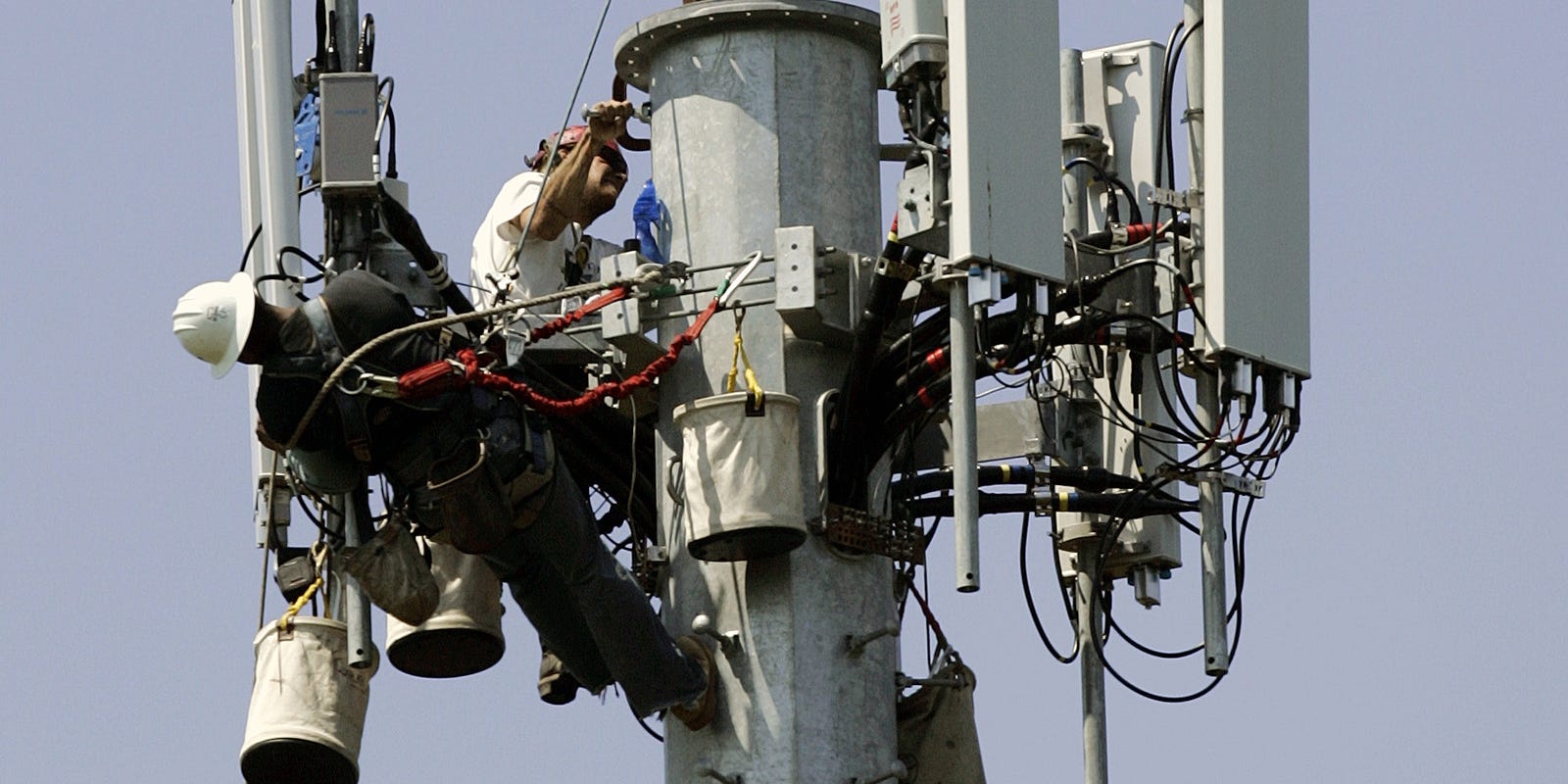If you've ever been through a city and spotted tiny cell towers for 5G on street light poles. They look like small boxes however they're actually sending wireless signals from cellular providers to your phone.
They are replacing the larger specially-designed cell towers. While they're not as noticeable but they can still cause problems for people.
A of the FCC's Radiation Exposure Thresholds
The FCC's Radiation Exposure Thresholds establish the safe distance that an individual can be exposed to electromagnetic radiation from wireless devices. The limits for exposure are based on scientific data that show that RF energy can be harmful to human health.
The rate of absorption called the specific absorption rate (SAR) is a measure of the radiofrequency energy that is absorbed by tissue. faraday cage hats is typically 1.6 watts per kilogram, calculated over one kilogram of tissue.
However, because 5g transmits at higher frequencies and has the potential to cause greater energy intensity on the skin as well as other body parts. This could result in many possible harms, such as an increase in formation of skin disorders such as dermatitis, skin cancer and cataracts.
Due to the potential for negative effects of 5G radiation, PSU has chosen to create a general maximum power density of four mW/cm2 averaged over 1 cm2, and not exceeding 30 minutes for all 5G services running at 3000 GHz. This limit for localization is in line with the maximum SAR spatial-average of 1.6 W/kg, averaged over one 5 grams of body tissue, at 6 GHz.
The FCC's Maximum Exposure Thresholds
If you've ever used a cell phone, you probably know that a safe location from the tower should be at least 400 meters. This is due to the power of transmission from a cell tower increases dramatically the further away your location from the tower.
While it sounds like an ideal idea but the truth is that those living close to towers might be more susceptible to health problems. For instance, a study conducted in 2014 in India found that residents living within 50 meters from cell towers suffered significant more health issues than those living further distance from them.
But, the study found that people who moved to areas further away from cell towers noticed their symptoms return to normal within a few days. Studies have also shown that exposure to high frequencies of radiofrequency electromagnetic fields (EMFs) can cause cancer, brain tumors as well as other health issues.
This is because RF radiation, which is used for wireless communication, has the ability to be absorbed by the body's outer layer of skin. It is crucial to know because the skin acts as a protective barrier against injuries caused by mechanical forces, infections caused by pathogenic microorganisms and entry of toxic substances. The skin is the largest organ of the human body, and is responsible for maintaining the integrity of other organs.

The FCC's Minimum Exposure Thresholds for the Minimum Exposure
The FCC's Minimum Exposure Thresholds rely on several assumptions that are not supported by evidence from science. They include the false belief that short-term exposures to RF radiation are safe because of the minimal absorption into body (i.e. thermal heating of tissue).
https://kjellerup-elgaard.blogbright.net/will-be-5g-unhealthy-for-you-personally-1679976226 does not take into account the more extensive penetration of ELF components of modulated RF signals, as well as the effect of short bursts of heat caused by RF pulses. These assumptions do not correspond with current understanding of the biological consequences of RF radiation, and thus they shouldn't be used for health protective exposure guidelines.
Additionally, the ICNIRP and FCC limit their limit of exposure to the local SARs that are based on the maximum frequency of absorption (psSAR), which can be described as not a sufficient dosimetric tool for determining the level of radiation exposure. In particular, psSAR is inaccurate for frequencies that exceed 6 GHz. Furthermore, psSAR has not been tested for RF radiation exposed to other environmental agents , such as sunlight. In the event of interactions, RF radiation with other agents in the environment could result in antagonistic or synergistic impacts. This can lead to an increased risk of adverse health adverse effects. For example, co-exposure to RF radiation along with exposure to sunlight can raise the chance of skin cancer, and may also exacerbate other skin conditions like acne.
